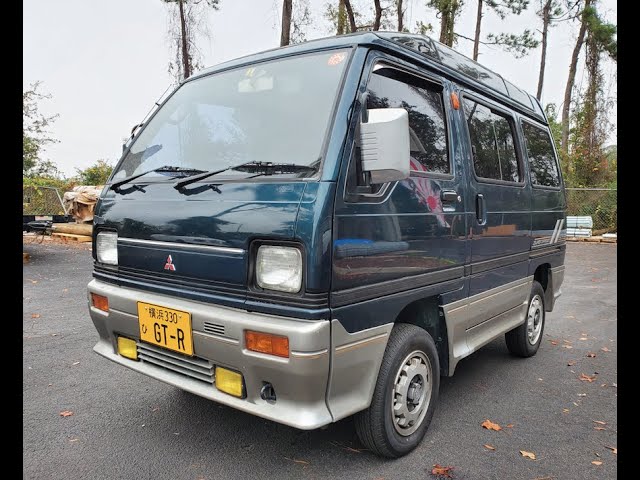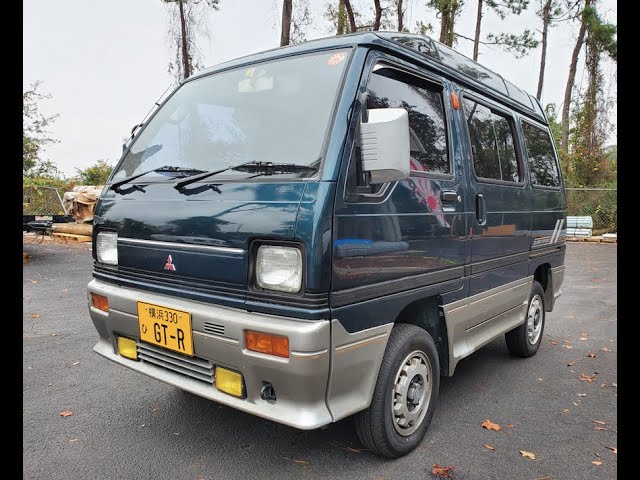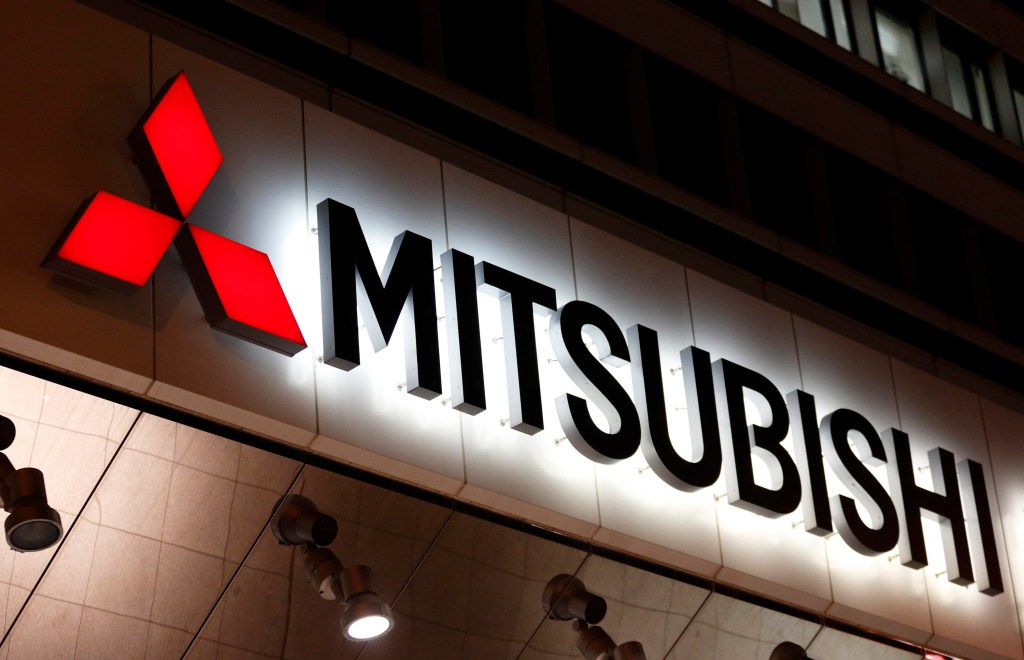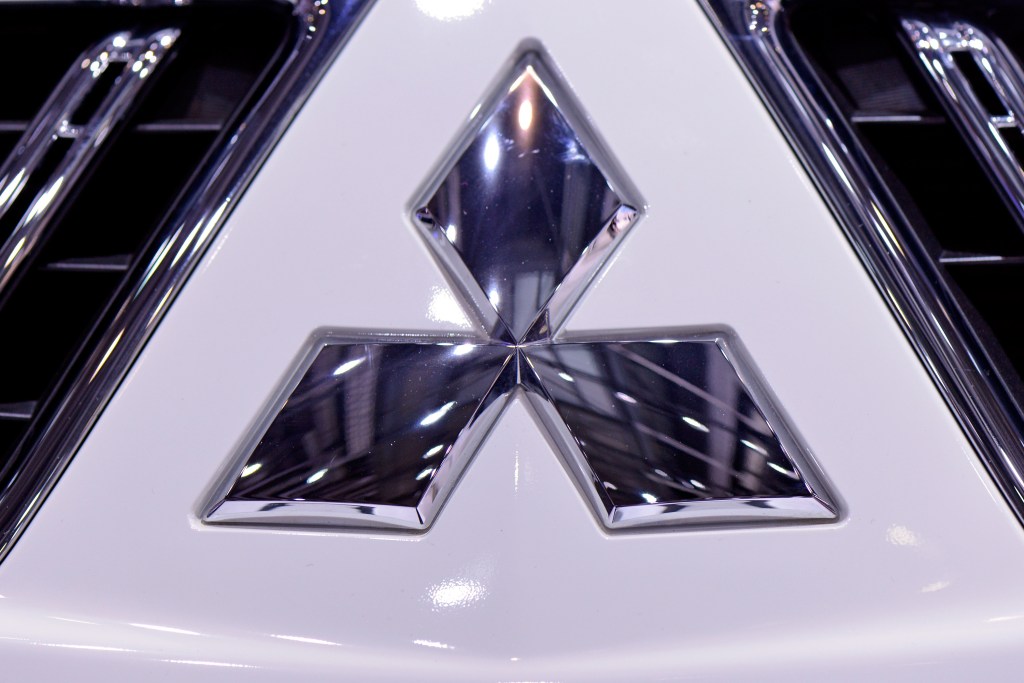
Why the Mitsubishi Bravo Microvan Is Catching on in the U.S.
For microvan enthusiasts, the Mitsubishi Bravo is a dream come true. This Kei car offers AWD, a turbo engine, and some unique interior features. Kei cars, trucks, and vans have enjoyed a surge of popularity on the U.S. market. American buyers love these tiny and well-engineered JDMs. The Mitsubishi Bravo is a great example of what the classification has to offer.

How the Mitsubishi Bravo was born
The Mitsubishi Bravo made its appearance when Mitsubishi gave the already popular fourth generation of the Minicab a facelift replacing the Estate. Bravo was the name given to the vans decked out with much better equipment from 1989 until 1990. The Bravo AX was introduced in April 98’ and featured additions aimed at personal leisure activities.
In 1991 with changes in tax regulations, allowing for larger engines and dimensions of Kei cars, the Bravo went through another model change. Dropping the Minicab into its own independent series, the Bravo was the answer to the rising demand for cab-over Kei cars. The increase in consumer desire, specifically young families, for an economical and spacious vehicle, further stoked Mitsubishi’s development and birthed the retro-styled Bravo Route 66 around this time as well.
Bravo maintained the leisure lifestyle look for every new generation. Fitting the Eighth generation of the Bravo with a turbocharged engine gave it a much-appreciated improvement in performance. The Bravo’s small size and lightweight mean that every bit of extra power met its full potential. In the right hands, this van can move.
What makes the Bravo so attractive?

When the first Bravo came on the scene, it was meant to replace the Estate model as the top-end trim level. With the biggest facelift in seven years, it came with an abundance of changes and upgrades. The interior was expanded, giving it a much larger feel with sliding seat adjustments for the driver, fold-flat seats, and a class-first tilt-adjust steering column comfort and leisure were clearly in mind.
The Bravo series included a hydraulic coupling full-time four-wheel-drive model and the Super Aero Roof model. This model sported a glass sunroof with glasses on the front and sides of the roof. An oversize bumper added some flair upfront and several other aero parts.
The angular headlamps played a large part in the styling of the Bravo. With larger windows all around and a bonded windshield, anyone could feel comfortable behind the wheel, and that was Mitsubishi’s intent. Later models were built with superchargers and still used the smaller engine, not taking full advantage of the regulation changes. These engines were used up until 1990, when they were discontinued.
Microvans are only growing in popularity

Niche interest groups centered around imports have been a big scene in the states for years, and vanning has been around since the 40s. You add the versatility and compact fun of the Bravo, and you have the perfect canvas for car enthusiasts to showcase uniqueness. From full stock to crazy ice cream truck mods, the Bravo has already made itself a place in the Kei car community.


